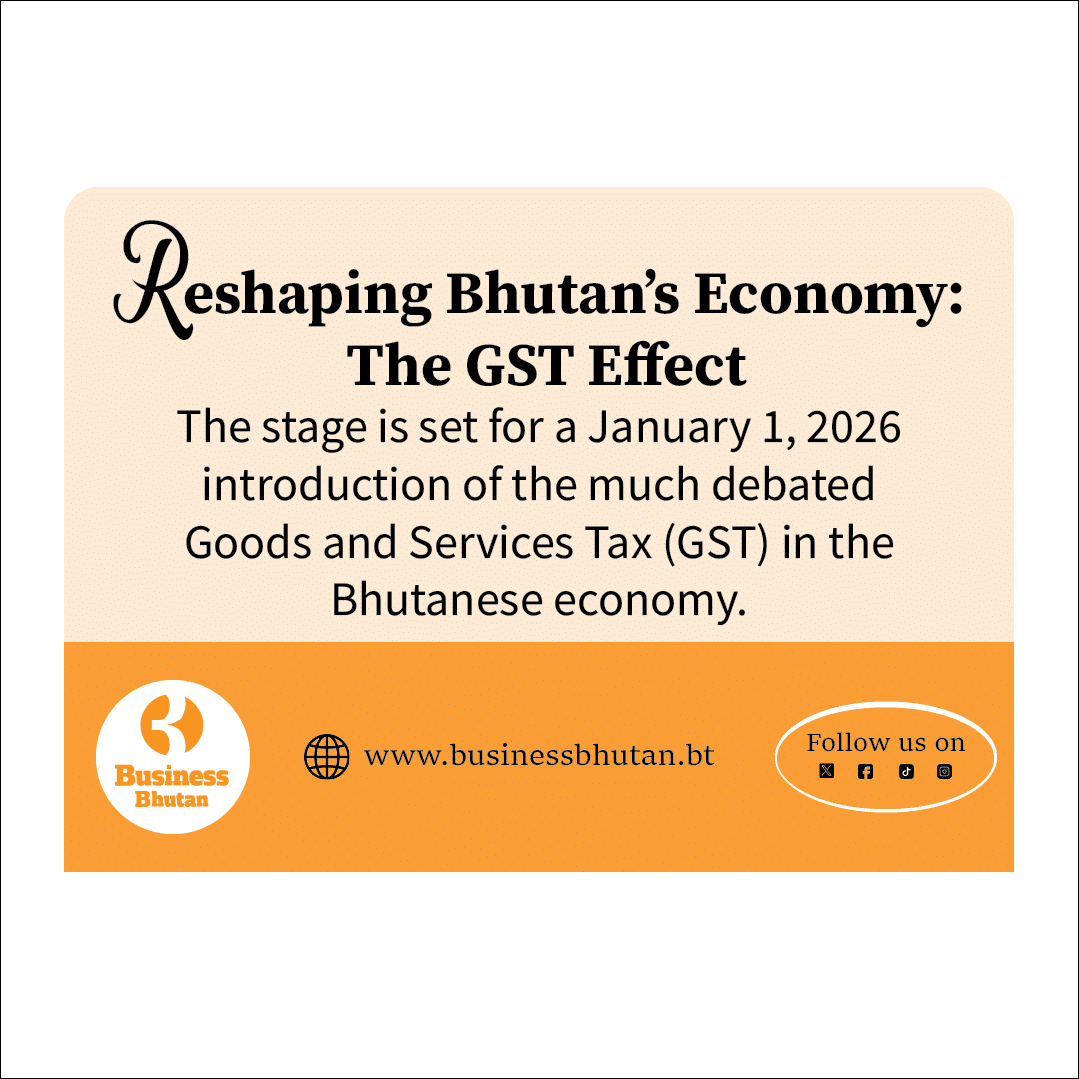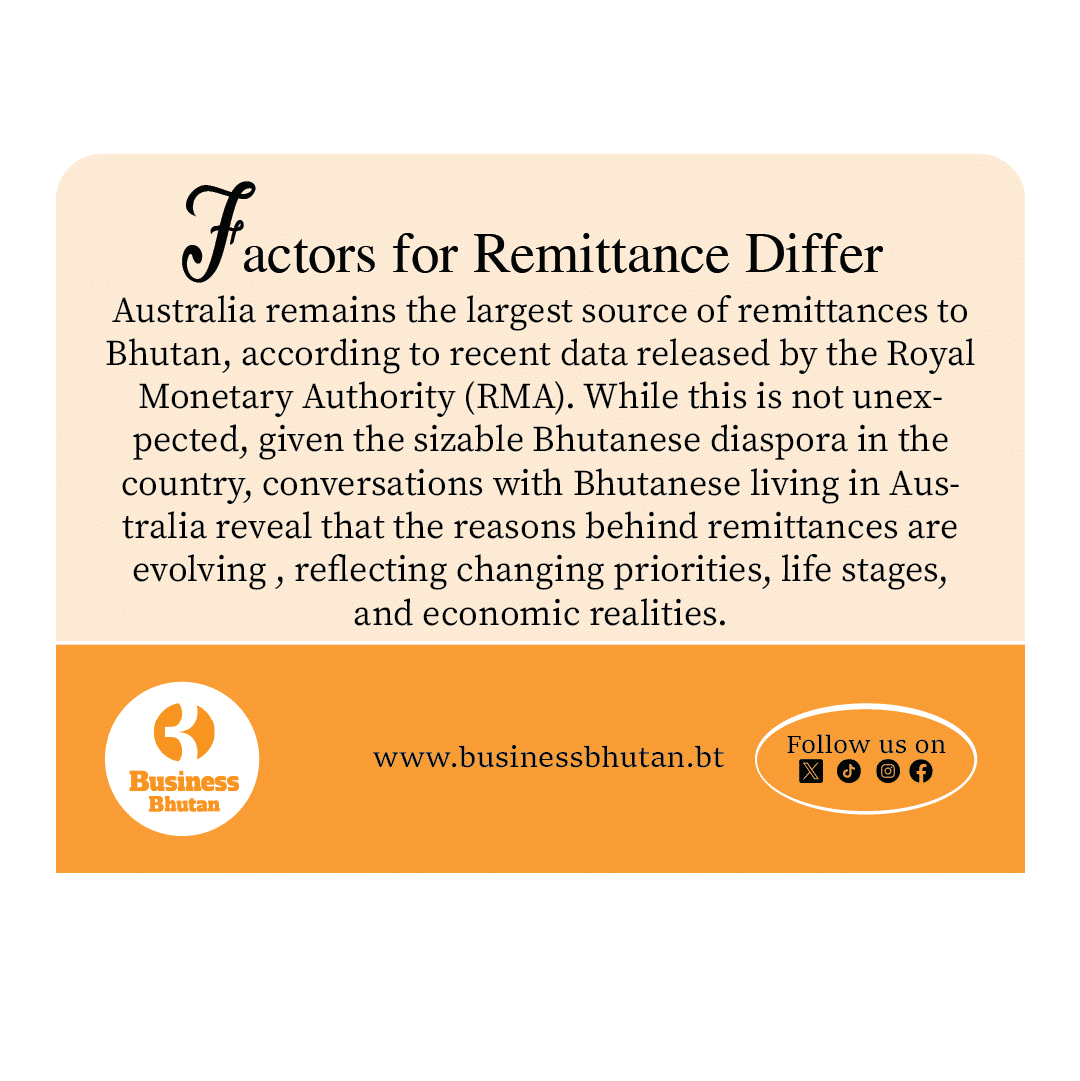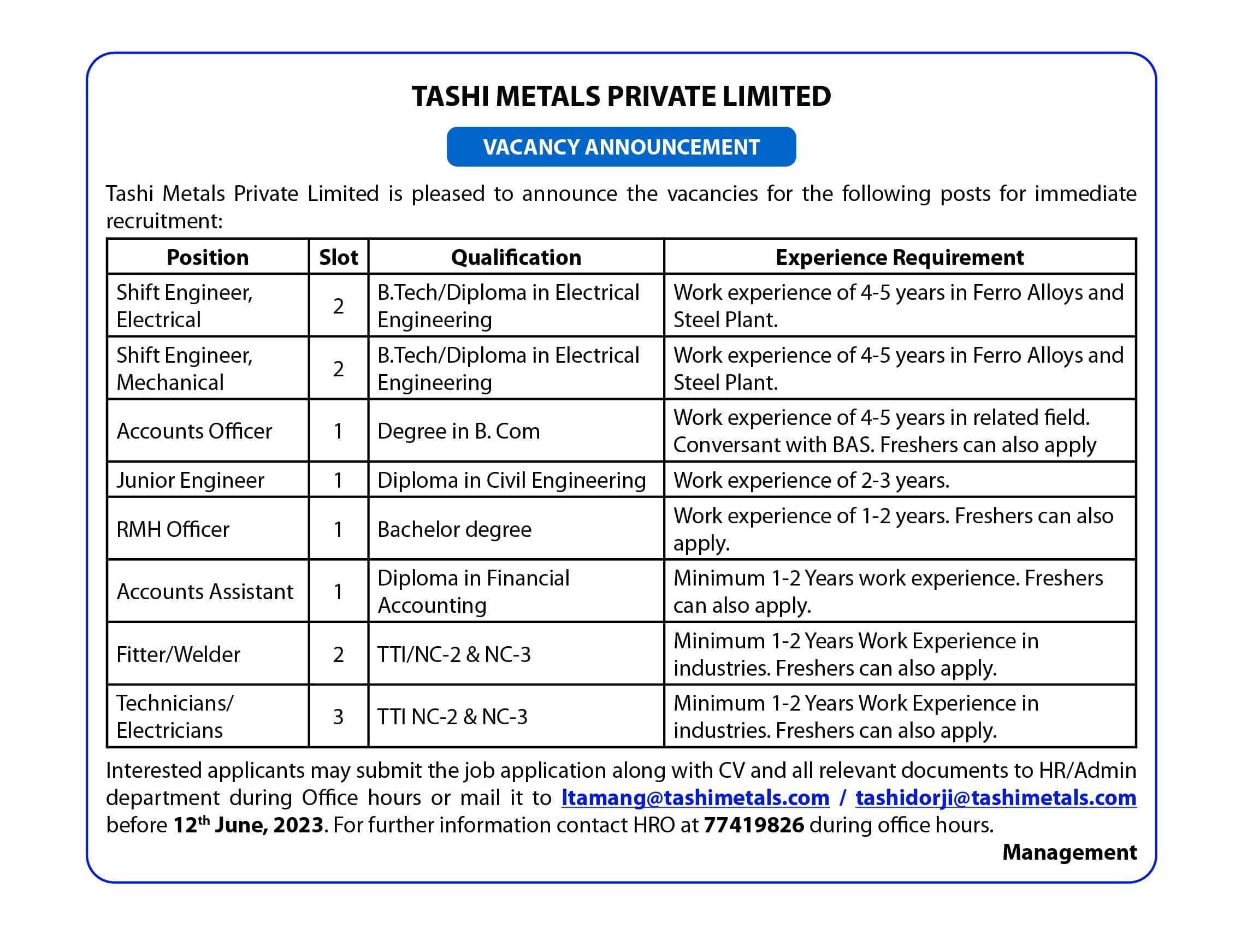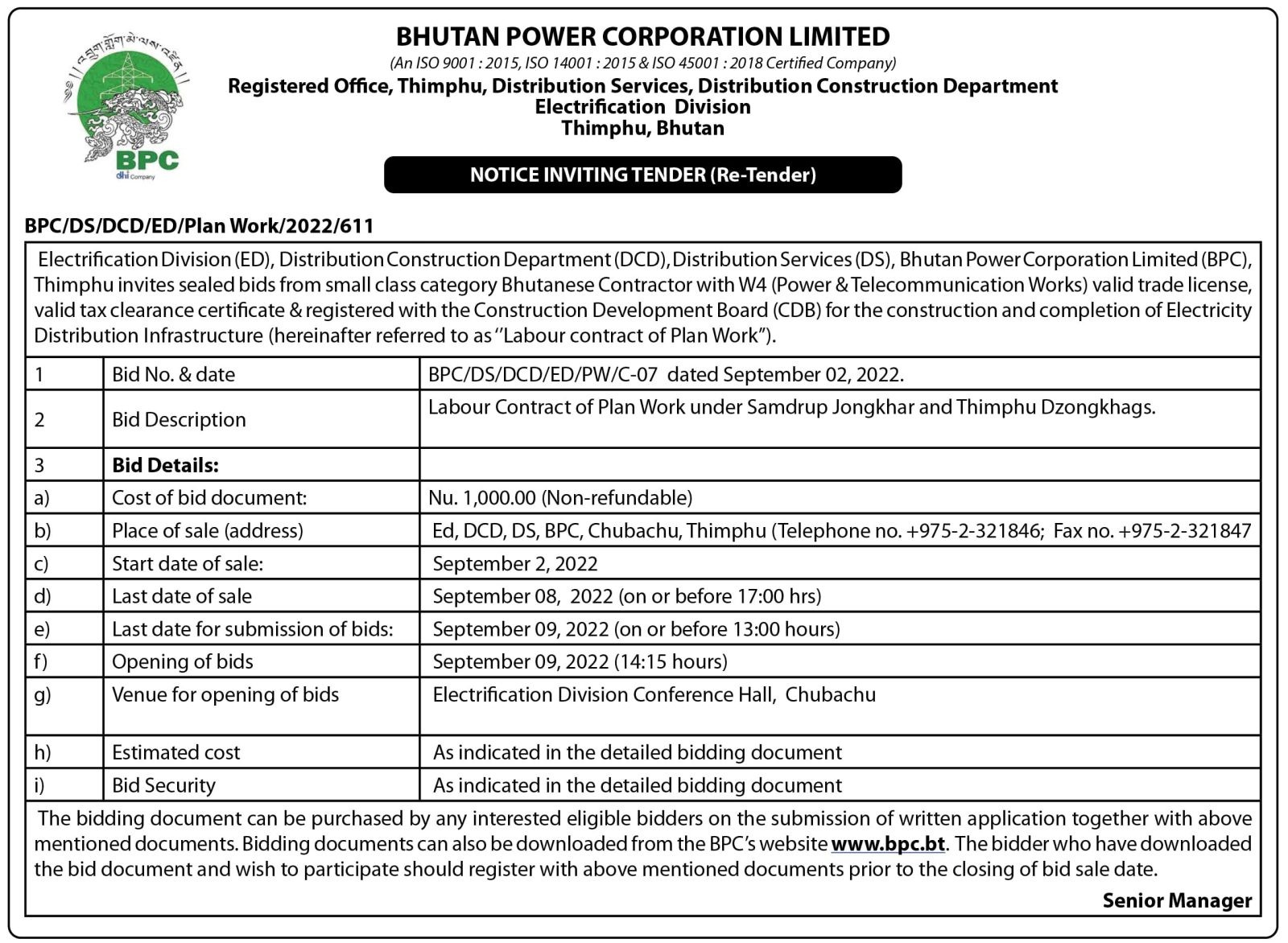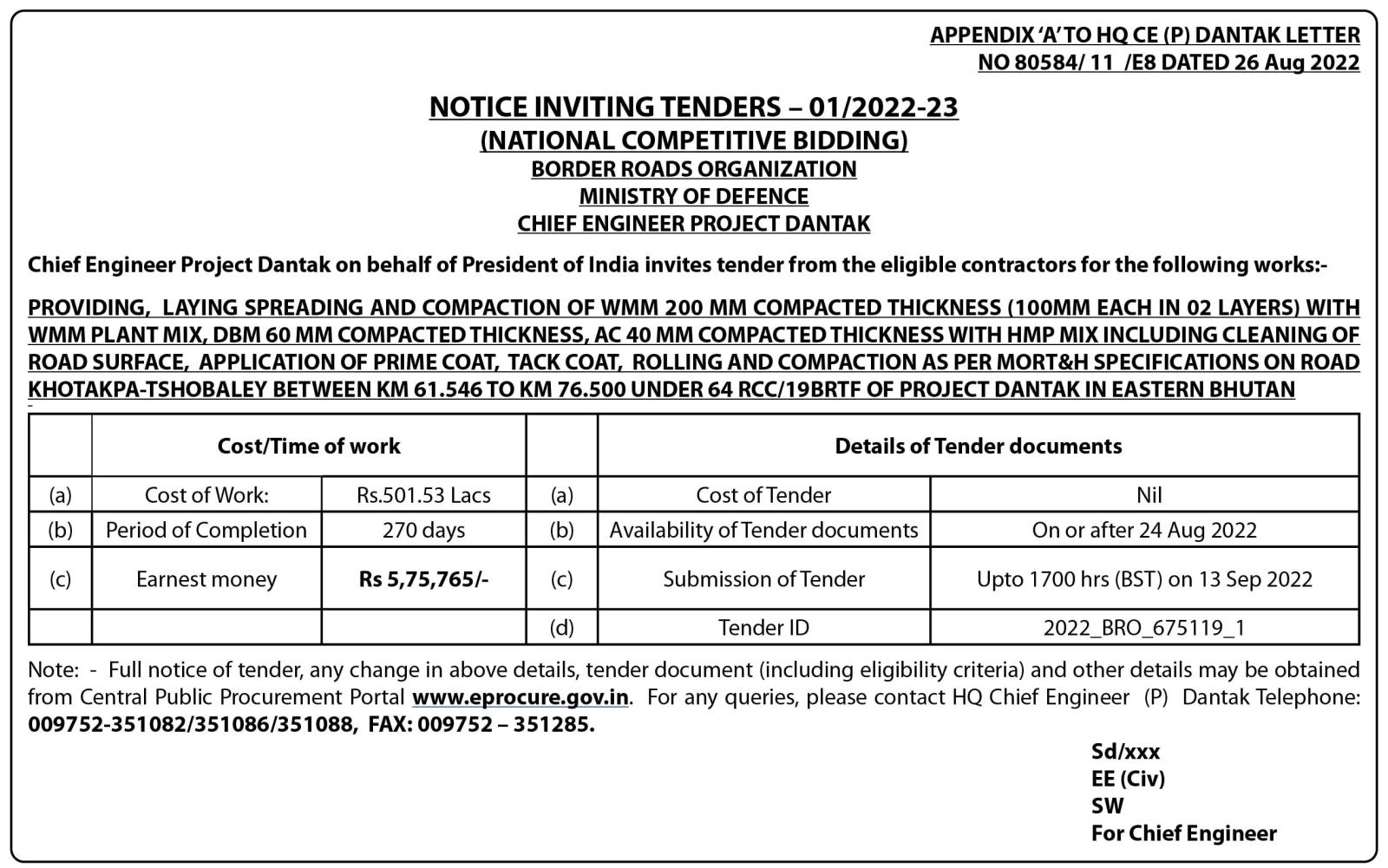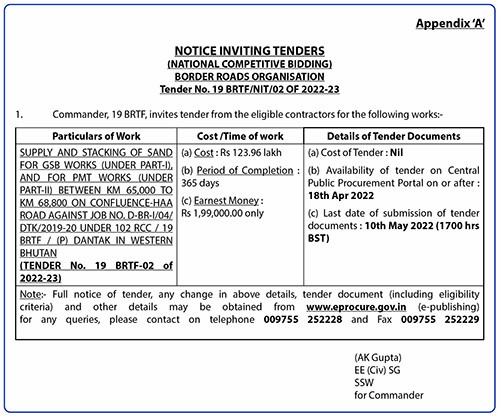The stage is set for a January 1, 2026 introduction of the much debated Goods and Services Tax (GST) in the Bhutanese economy. The 5% levy approved by the National Assembly (NA) is touted to be a landmark reform and will replace the existing sales and excise tax system, creating a single, broad-based indirect tax regime.
While the government and economists see GST as a step toward modernization, its impact on businesses, consumers, and fiscal management will carry both opportunities and challenges.
In the case of efficiency, growth, and competitiveness, economists argue that GST will fundamentally improve Bhutan’s tax system by making it more elastic, well-organized, and transparent.
“GST will not only raise tax revenue in the long run but also reduce the burden of taxation by minimizing the cascading effect,” one economist noted. By merging multiple levies into a near-single rate, GST is expected to simplify tax administration, cut compliance costs, and enhance revenue predictability for the government.
According to a former tax officer the benefits are twofold. First, companies will be able to claim credits on input taxes, improving profitability and reducing hidden tax burdens. Second, the consolidation of multiple indirect taxes will streamline compliance, reducing the number of tax filings required.
The reform is also expected to support export competitiveness. With input taxes refundable, Bhutanese exporters could face lower production costs, boosting their edge in foreign markets.
On the consumer side, analysts suggest GST will help lower prices for many goods by reducing tax cascading, thereby raising consumer surplus. A flat 5% rate also minimizes price distortions, keeping consumption patterns largely stable.
Then comes the trade-offs in the form of compliance costs and implementation risks.
Businessmen in the country shared that despite its promise, GST presents new demands on Bhutanese businesses—particularly smaller firms. “Companies will need to maintain detailed records, file returns regularly and likely rely on tax consultants, increasing compliance costs,” she added.
A senior economist further reiterated: “Moreover, while larger firms are positioned to benefit from better credit access and stronger formalization, many small service-based businesses—such as cafes, salons, and repair shops—may find the transition challenging.”
Lawmakers have also flagged concerns over Bhutan’s track record in rolling out large-scale systems. The Bhutan Integrated Taxation System (BITS) project, once central to GST’s implementation, collapsed due to cost overruns and technical failures. Its termination has raised questions about accountability and the government’s readiness for smooth execution this time.
“Adequate public awareness and preparation are essential, otherwise businesses may face confusion and disruption,” warned one parliamentarian, emphasizing the importance of learning from past missteps.
However, the decision to defer GST implementation until 2026—despite calls for immediate enforcement—reflects the government’s intent to balance reform with preparedness and capacity-building.
If executed effectively, GST could be transformative: raising revenue, streamlining taxation, encouraging formalization, and strengthening Bhutan’s economic competitiveness. Yet, the risks of weak enforcement, inadequate digital infrastructure, and business unpreparedness remain significant.
As one industry representative summarized: “GST will modernize Bhutan’s economy, but its success depends on execution. The benefits will far outweigh the costs—if we get the implementation right.”
In the meantime, extensive trainings on GST are being provided to its regional focal officers by the Department of Revenue and Customs (DRC), while sensitization programs for various stakeholders are being conducted by the Department in collaboration with the Bhutan Chamber of Commerce and Industry (BCCI) and Association of Bhutanese Industries (ABI) in their efforts to facilitate a smooth transition and implementation of the GST.
Key Features of the GST Framework include:
• Flat 5% rate on most goods and services, reduced from the earlier proposed 7%.
• Exemptions for essential goods such as rice, cooking oil, salt, sanitary pads, electronic wheelchairs, and a range of health and education services.
• Electricity will remain taxable, though rural households will continue receiving subsidies.
• Input Tax Credit (ITC) rights for businesses, reducing hidden taxation.
• Foreign digital service providers will be required to register with Bhutanese tax authorities and charge GST.
• Threshold for registration: Nu 5 million annual turnover.
• Exports will be zero-rated, supporting competitiveness.
Meanwhile the Ministry of Finance (MoF) is undertaking a comprehensive and multi-pronged approach to ensure a smooth and effective rollout with several key initiatives being initiated.
Technical teams from GovTech have been working to configure and test the digital infrastructure, connectivity, revamp Network connection, and other ICT infrastructures required for the transition. Simultaneously the team is working on the core Tax functionalities which includes registration, return filing, payment, refund, appeal and objections and other compliance required under GST for the seamless transition. This includes ensuring interoperability, user accessibility, and robust data security. Further, first User Acceptance Training (UAT) for DRC officials has been conducted and another one scheduled in September. End User Training (EUT) will be conducted for all the system users across the months of November and December 2025.
The project office has conducted rounds of training for the regional focal persons. These trained focals will conduct the same training in their respective regional offices in the month of September 2025. To ensure that the business community is fully prepared, taxpayer training for the month of October 2025 has been planned. These training sessions will cover GST registration, filing procedures, refund, invoicing, compliance requirements, and the transition from the current sales tax regime to the GST regime. Training materials have been prepared for DRC officials. These materials will also be adapted for different business sectors and companies to make them more relevant and useful for everyone.
Others include recruitment of additional manpower, development of a targeted media advocacy and communication plan, and completion of the draft GST Rules and Regulations.
Tashi Namgyal from Thimphu



